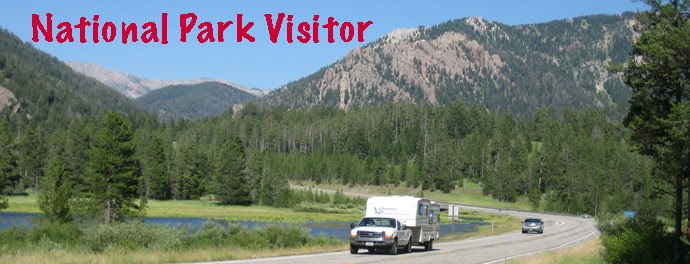
Hopewell Village’s rolling hills, rows of apple trees, rustic barns and outbuildings, and meandering trails suggest a mood of pastoral peacefulness, offering only a clue to what life was like in this bustling 18th century community. The restless colonists of the period, filled with the fervor of a new land of freedom and commerce, were poised to charge into the new century with the bravery and confidence of medieval knights slaying fire-breathing dragons.
The dragons confronted by Hopewell’s residents, however, belched smoke and flames from tall, stone, charcoal-fueled furnace chimneys, that grew out of the ore-rich earth of eastern Pennsylvania in the late 1800s.
Sweat soaked “founders” fed the roaring, voraciously hungry monsters that demanded feeding day and night, seldom shutting down for fear of losing production. There was great demand for the products spit out by these dragons, not just the raw pig iron demanded by the mother country, but also cast iron stoves, plowshares, pots, sash and scale weights, and—when war broke out—cannon and shot.
Manufacturing anything—except for the production of pig iron--was strictly forbidden by England. But the colonists did not take kindly to these orders. Instead the independent entrepreneurs defied England’s proclamation, and when relations exploded into revolution in 1775, the colonies’ forges were producing enough finished goods to rate them as the seventh largest producer of iron products in the world.

Fortunately for these revolutionaries, when war broke out Colonial ironmasters were poised and ready to turn out the weapons, cannon, and shot needed by the Continental Army and Navy to wrest independence from Britain. Established in 1771, the iron-producing Hopewell Village forges operated successfully for 112 years until 1883, when new processes and production methods ushered in an era of efficient, low cost iron production, forcing the furnace to shut down. The roar of the beast would be heard no more.
Today you can tour the grounds and ten restored buildings including the ironmaster’s mansion, cast house and furnace stack, smokehouse, and springhouse as they appeared in the 1820-1840 period, when the furnace produced its most successful product--the cast iron Hopewell Stove.
Exhibits and audio programs show and explain the operation of the furnace and the village. During special event days, the village comes alive with living history programs and demonstrations conducted by characters in period dress.
Hopewell Furnace National Historic site is southeast of Reading, five miles south of Birdsboro, on PA-345
 Carlsbad Caverns National Park reopened Wednesday after heavy snowfall shut down the popular New Mexico tourist stop a day earlier.
Carlsbad Caverns National Park reopened Wednesday after heavy snowfall shut down the popular New Mexico tourist stop a day earlier.

 Other activities to enjoy include cross-country skiing, snowboarding, snow play, sledding, snow camping, or just sitting by the fireplace in the visitor center with a cup of hot chocolate after viewing the park film.
Other activities to enjoy include cross-country skiing, snowboarding, snow play, sledding, snow camping, or just sitting by the fireplace in the visitor center with a cup of hot chocolate after viewing the park film.
 Many travelers to San Antonio know before they arrive that they want to visit the Alamo, which gained fame during the Texas Revolution. They may, however, need a prod to remember the Alamo’s four sister sites, the missions preserved in the national historical park that bears their name.
Many travelers to San Antonio know before they arrive that they want to visit the Alamo, which gained fame during the Texas Revolution. They may, however, need a prod to remember the Alamo’s four sister sites, the missions preserved in the national historical park that bears their name.





















 Think of that when looking at the tower to get an idea of its enormous size. And believe it or not, over 50,000 climbers (see arrow on photo at right) have made it to the top and signed the log. And it make it even more weird, these climbers report that they have seen squirrels, rattle snakes, and pack rats among the prairie grasses and prickly pear cactus. How did they get there?
Think of that when looking at the tower to get an idea of its enormous size. And believe it or not, over 50,000 climbers (see arrow on photo at right) have made it to the top and signed the log. And it make it even more weird, these climbers report that they have seen squirrels, rattle snakes, and pack rats among the prairie grasses and prickly pear cactus. How did they get there?



